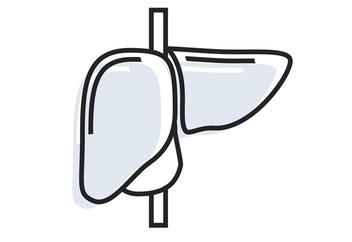Liver
The liver contributes in more than 500 different physiological functions, including the metabolism, detoxification, and excretion by converting lipophilic to water-soluble compounds. Moreover, the liver synthesizes serum proteins like albumin and clotting factors. Liver disorders are frequently caused by the accumulation of toxins faster than the ability of the liver to metabolite them, causing drug induced liver injury (DILI) with hepatitis, cholestasis, and fibrosis. Thus, hepatotoxicity is an important reason for the failure of investigational new drugs, but animal models are not capable of identifying human DILI 100%. Accordingly, the development of human-based models has become an urgent need. Starting from simple human hepatocytes cultures, modern bioengineering tools, such as 3D cell culture systems, spheroids, organoids from different types of stem cells, micropatterned co-cultures, high throughput arrays, bio-printed liver models, liver-on-a-chip, and bioartificial liver models are nowadays available. Efforts to minimize the number of animals used in liver diseases research include in vitro bioengineered murine hepatocytes culture and using monitoring methods like imaging and telemetry. The replacement strategies have been achieved by using human hepatocytes cell culture and by using in silico liver models. Finally, the refinement strategies involve training on animal handling techniques, managing the pain during testing the drugs on animals, designing new experiments to induce liver disorders in the animals, and inducing the liver disorders using genetic engineering methods, such as CRISPR/Cas9.















